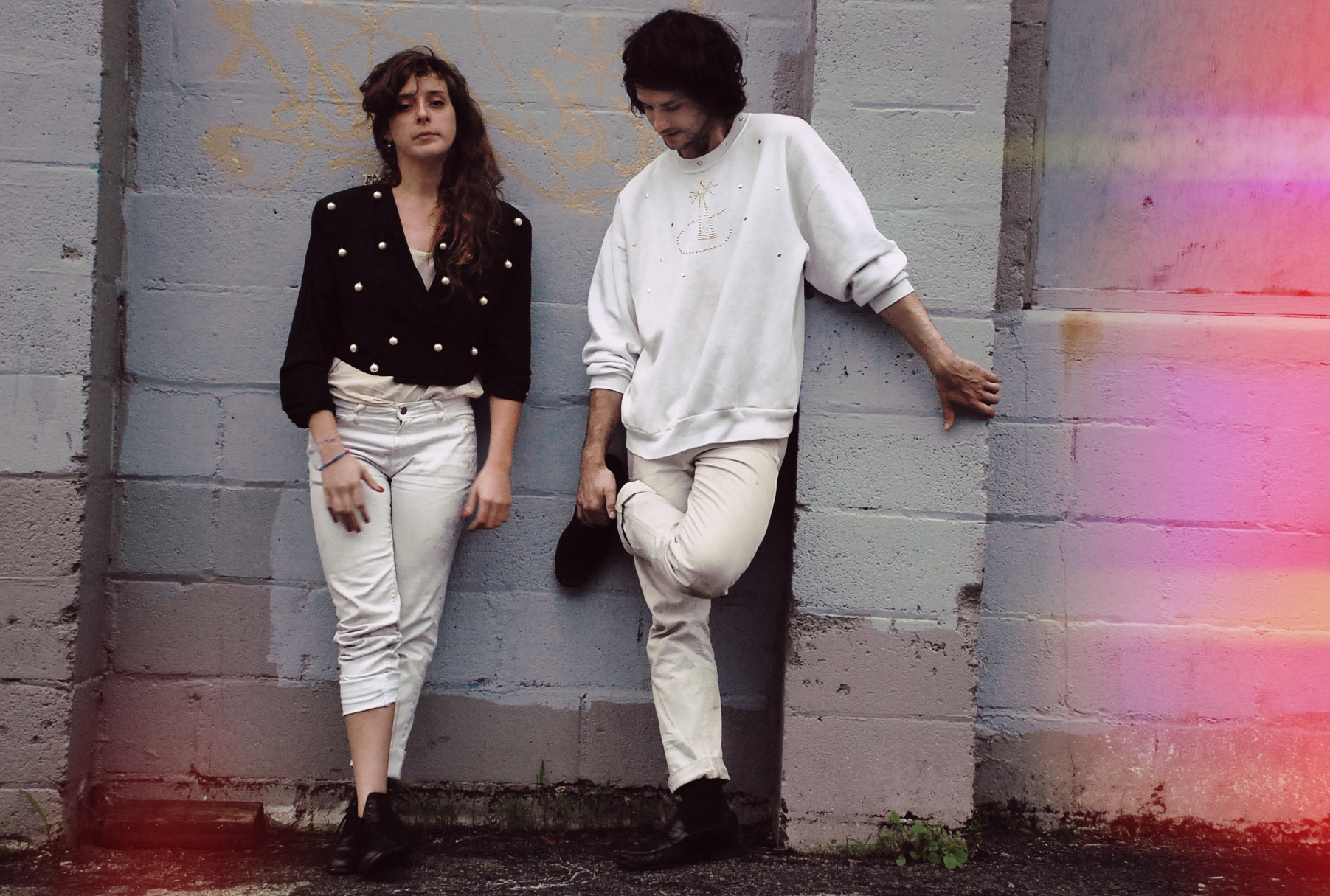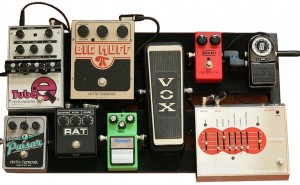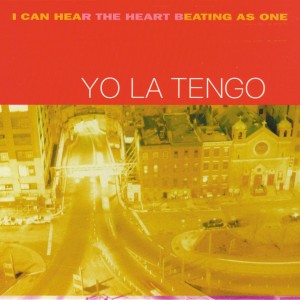Don’t Wake Me, I’m Dreaming ~ The Meaning of Dream Pop

I first heard Beach House by accident when I was in 8th grade, wafting out of my older brother’s room. It was “Walk in the Park” off of their 2010 album, Teen Dream. In the song, Victoria Legrand sings about losing someone you love and what it’s like to pick up the pieces of a broken relationship. Alex Scally’s enchanting guitar riffs are just as powerful as Legrand’s perfectly imperfect voice. The entire song lulls together, leaving you in a dream-like trance.
She ends the song repeating the phrase “more, you want more, only time can run you,” until the end, satiating the build. When the song ends, you can’t help but think about your own life and all the shit you’ve gone through. Beach House has reached into you and uncovered the less pretty part of your thoughts and told you, it’s okay, we’ve felt that too.
Dream pop is a sub-genre of indie music that encompasses the ethereal feeling that makes you feel like you’re floating. It’s recognized by its atmospheric texture and noise, with a sort of iridescence to it. The melodies sound very consonant, typically written in rich major keys. Rather than having a catchy beat or lyrics, each song is a collective noise that swelters and consumes the listener. Dream pop can range anywhere from a soft, graceful sound to something more rough and noisy. Yet, each dream pop band intrinsically has the same sweeping quality that makes you feel like you’re in a state between wakefulness and slumber.

“Dream pop” is a fairly flexible term because it derives from several different genres, including indie pop, noise, and shoegaze. It began in the late ’80s and early ’90s with experimental noise and shoegaze bands like My Bloody Valentine, Lush, Cocteau Twins, and Slowdive. Those guys pushed the boundaries and tried something outside of the typical catchy melody accompanied with predictable lyrics. Dream pop bubbled up, attracting avant-garde young adults. As the years have gone by, bands like Beach House, DIIV, and Wild Nothing picked up on the sound, creating their own unique take on it.
Don’t get me wrong–sometimes it takes a bit of work to appreciate dream pop.
If you listen to Yo La Tengo’s “We’re an American Band” for the first time, off their 1997 release I Can Hear The Heart Beating As One, you might find yourself feeling a bit muddled. It builds slowly, with quiet cymbals and repetitive, reverberating guitar, until a little past halfway, where it starts to get out of control with messy shreds of loud electricity and heavy bass. To some this might sound like a noisy disaster; to me, this song is hypnotic, looping me in with its repetition and allowing me to simply feel the sound, inside and out.
I feel lost in it; this is what dream pop is about.
Dream pop makes you feel real, understood. Every melody listens to you and feels for you. It’s therapeutic. It’s appropriate for both easy listening in the bathtub and driving 85 miles per hour south on the 101. Regardless of the circumstances, dream pop is always there for you when you need it. Scream along to it, play it quietly while you drift to sleep, it doesn’t matter.
The genre has served a huge role in my musical development and appreciation. It’s allowed me to open up to music that I would have never imagined myself listening to a few years ago. It stems from a long line of misunderstood, under-appreciated artists who have stuck around because of loyal fans who don’t care about what is popular, but rather what is real to them. It is that mentality that attracts me towards certain genres. Next time you hear a song that sounds strange or unconventional, try to understand it before you skip it or turn off the radio. Approach music with an open mind. You could find that it’s exactly what you’ve been looking for.
Additionally, I created a Spotify playlist of my favorite dream pop tunes in case I convinced you to jump down the rabbit hole:
Lucy McNeil is a KCPR DJ and Cal Poly psychology sophomore.


